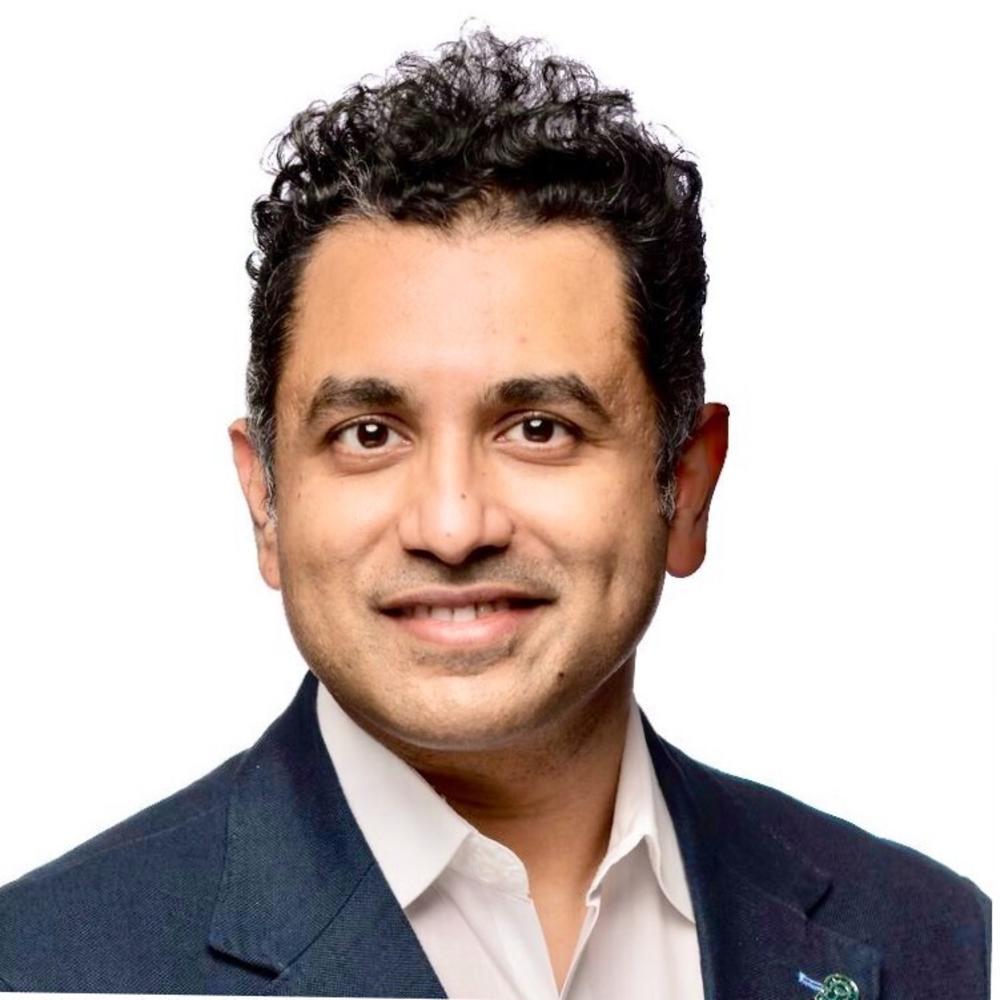
December 12, 2017
GOVTalks: Georgia's Digital Roadmap

The State of Georgia launched the Office of Digital Services (DSGa) with the intent to make sure all agencies design and build citizen-centric services. Citizen-centric services are user-friendly, easy to access, and simple. I am honored to serve as Chief Digital Officer for the state, and excited for my team’s expanded role in working with state agencies beyond websites. Digital Services teams across other nations and cities have shown great impact in making government services effective by connecting IT, business, and people.
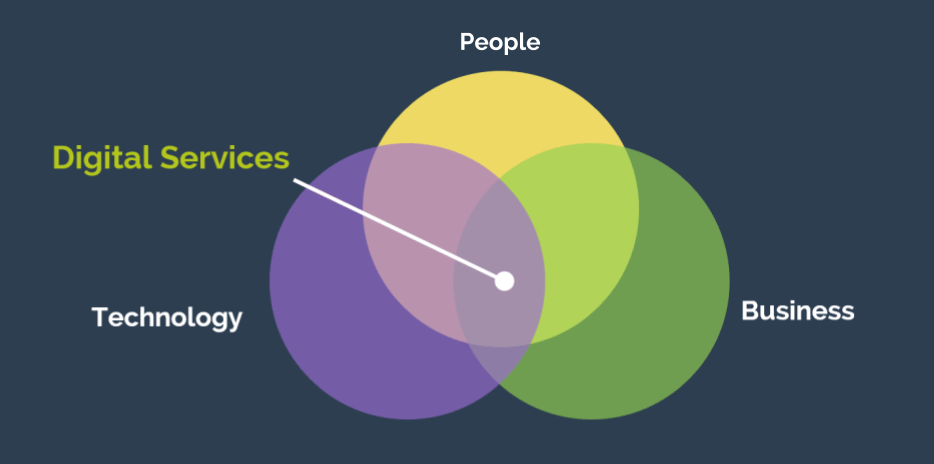
The role of Digital Services is to help agencies take a holistic approach to their entire digital presence, rather than considering each website and application as an individual unit that’s not connected to the others. When services are connected to each other and presented as a unified offering, the friction caused when switching between services is reduced.
Our Three Tenets
As a web service provider for state agencies and elected officials, we follow these three tenets as our guiding principles:
- User first
- Content first
- Mobile first
“Wait, if everything is first, what exactly is priority?” These tenets don't compete with each other. They supersede their archaic mindsets which have been carried forward by organizations for generations.
User first approach prioritizes people needs over organizational preferences. As stewards of public funds, we need to drive decisions based on what people need as opposed to any other driving force. Citizens are truly the key stakeholders for our projects, so planning and designing solutions with them in mind should not be looked at as a compromise.
Content first approach supersedes conversations driven by visual design. In a project’s initial stages, most stakeholders drive conversations with visual designs they admire, and they plan the next steps based on appearance and assumptions. Once we understand user goals, content needs to drive conversation. Design should be a facilitator for presenting content. Not the other way around!
Mobile first approach helps organizations understand how to take a minimum to maximum approach for users to interact with and consume services. Our analytics data indicates:
- Mobile usage has been on a steady incline
- Most of our mobile users have low-end Android devices
- Most of our mobile users have basic data plans
Because mobile channels restrict interaction in certain aspects, planning for mobile as a starting point — instead of desktops or laptops — helps with a leaner approach to design and content.
This approach is also conscientious of people with limited bandwidth. Georgia’s current average mobile usage is 45%, with select agencies trending around 85%. People who rely on mobile phones as their primary way of accessing state services do not have the luxury of screen real estate or high-speed internet. A large number of the financially underprivileged population rely on mobile devices as their only way to interact with government digital services.
Omnichannel Service Delivery
Digital strategy needs to consider the population that does not use digital channels. Either by choice or limitations, these people rely only on brick and mortar, in-person, or over-the-phone offerings. Based on Governing.com’s household internet adoption rates data, 20% of Georgia households go without internet. We need to make sure to serve them the same information that we serve our digital channels. Understanding context and planning service delivery around the parameters is a critical part of our digital strategy.

People interact with state agencies for various reasons. They are either seeking information — found through websites, call centers, and chats — or they’re seeking transactions — like registering for a service or renewing a license. They seek these services via channels.
A channel is the medium of interaction between a person and an organization. There are various types of interaction channels; physical or digital. People access channels based on their comfort levels, access to technology, schedule, and personal preference.
My mom prefers in-person or over-the-phone communication. I prefer communicating via email and transacting online. My kids are already using digital assistants to know more about the world around them.
Many times people are bound by what they are able to afford. As an organization we need to ensure people have a consistent experience regardless of the channel they choose to interact with us. When people get conflicting information from different channels, it creates confusion and erodes trust. This consistency enforces confidence via a consistent experience. We cannot let this experience evolve, so it needs to be carefully planned, designed, and executed. One of the key offerings of digital services is experience as a service (XaaS).
eXperience as a Service (XaaS)
Experience design is a critical need in the government space. Private sector has been a leader in implementing experience design for the last two decades. Just think about the big four: Apple, Google, Amazon, and Facebook. I understand if it is hard to accept service offerings around something intangible like experience, but there are tangible and scientific ways to analyze experiential data and enhance the user experience.
Before I dive deeper into experience as a service, I should acknowledge that this new moniker aligns with 3 key IT lexicons identified for cloud computing. XaaS is a new addition to the existing infrastructure as a service (IaaS), platform as a service (PaaS), and software as a service (SaaS).
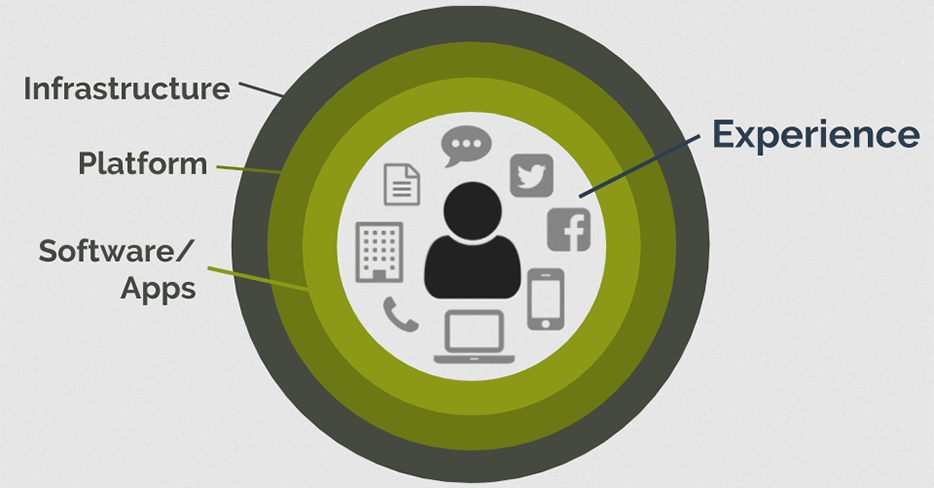
Organizations spend a lot of time, effort, and budget on infrastructure, platforms, and applications. While these are the bedrock for services, a gap is left open between applications and users. Organizations hope applications, tools, and vendor partners bridge this experience gap. As an organization, we cannot depend on individual applications to provide a common experience across multiple applications. We need to design for consistency.
We must understand a person’s journey — from education to retention — for how they find out about government services, and how they end up getting their need fulfilled. Without understanding this journey, it is impossible for organizations to provide seamless services.
State Agencies Need to Prioritize Content Strategy
Government web services have a lot of room to catch up to the private sector. One key area where government falls short is content strategy.
In 2002 the State of Georgia launched Georgia.gov, known as the portal. The concept of a portal, made famous by Yahoo!, highlighted the organizational structure and broke information into categories. Georgia.gov was to follow the “no wrong door” approach, directing users to agency websites serving their needs. While a noble thought, the offering misunderstood how people consumed information. The website was designed with several organizational assumptions without a true content strategy.
In 2012, the GeorgiaGov Interactive team redesigned the legacy website. Implementing the content first strategy, the team focused on understanding why people visit the site. The user’s intent was the primary driver and we needed to make sure our content matched and served why people were visiting Georgia.gov.
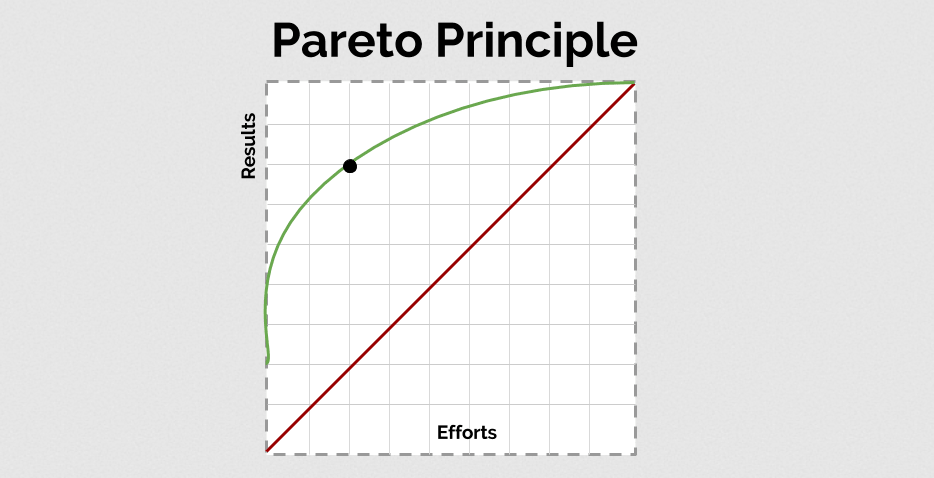
We implemented the 80/20 rule; also known as the Pareto Principle. More than a rule, it was an observation that 80% of Italy’s wealth belonged to only 20% of the population. A life lesson that not all things in life are not distributed evenly.
While the idea translates well to inform an intent-based content strategy, it is important to know that the 80/20 need not add up to a round 100. Or even that 80/20 could also mean, 60% of your website traffic is consuming 30% of the content. It is a general idea to understand typical distribution.

Agency content managers, please read: We recommend our agencies follow the 80/20 rule to inform their content strategy. This does not mean they need to delete the other 80% of the content, though I’m sure a good amount of it can go. But the point is to focus on the 20% and make sure it is well written, accessible, and structured. Structured content enables better context, delivery, and fluidity for future syndication. View Kendra’s talk on structured content and better delivery. Your structured content will be easier to migrate to our next web content management system.
Georgia’s Enterprise Content Management System is Moving to Drupal 8
For the last 6 years, we have hosted state agency and elected officials’ websites on Drupal 7. Now, we are planning a new architecture for our future web publishing platform in Drupal 8. While Drupal as a technology stays constant, we will be re-architecting the platform based on citizens’ and agency content managers’ current needs, goals, challenges, and feedback. Usage has changed over the years with newer devices, channels, and expectations, and we have captured a great deal of feedback in the form of a pre-discovery effort. We have officially kicked off the project as of September, and we aim to have the platform ready for migrations by January 2019.
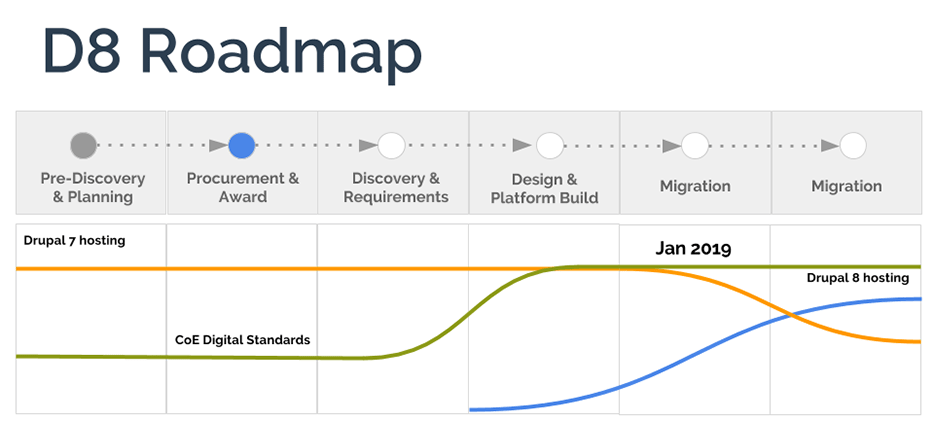
To build an effective and efficient platform, we will be working closely with state agencies and elected official’s offices. There are a few opportunities where agencies can collaborate with DSGa to provide strategic input and test the platform as we build. The D8 roadmap hinges on the following efforts:
Center of Excellence (CoE)
DSGa will be creating a center of excellence team. This will comprise members from DSGa, state agencies and offices of elected officials, and industry experts. The CoE will enhance and expand the current web standards to accommodate additional channels. Based on research, best practices, and lessons learned, the team will propose standards, policies, and guidelines for all agencies to follow.
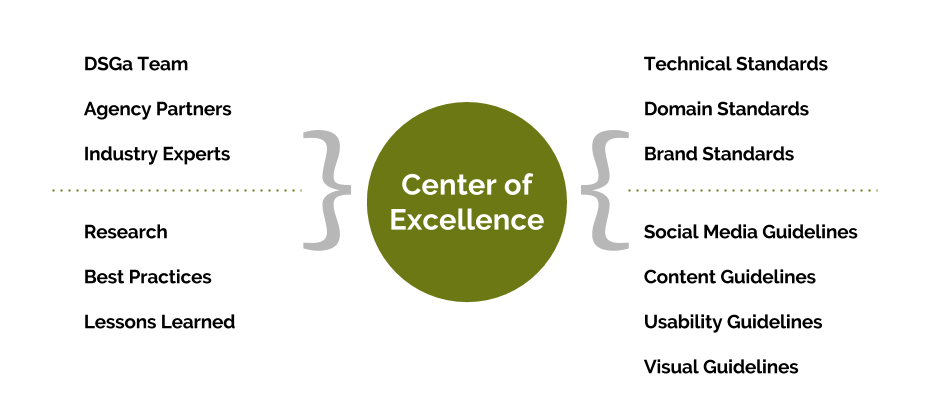
If you wish to share ideas and get your voice heard, please represent your agency by letting us know your expertise. Our CoE selection process will being in January 2018.
Modular Procurement and Agile Development
DSGa plans to adopt 18F’s modular procurement approach. 18F was created by the federal government as a response to the failed HealthCare.gov, which was procured and developed following the old school procurement and development processes.
DSGa’s roadmap to achieve a more modular procurement and agile development process is as follows:
Pre-selected vendor pool: DSGa will create a pool of trusted vendors patterned across a variety of skillsets to help DSGa and state agencies. The first project will be the Drupal 8 replatforming and migration project. In the coming weeks, DSGa will release a set of Requests for Qualified Contractors (RFQCs). These RFQCs will focus on 4 streams of expertise for which we need assistance from the industry. Once the vendors are vetted and selected, DSGa will issue Statements of Ned (SoN) for every project and work with a vendor within the pool best suited for the need.
Vendors will align with DSGa digital standards: As the Office of Digital Services, we aim to assist state agencies and elected officials with their upcoming digital projects by providing services across the missing eXperience as a Service (XaaS) layer. I've addressed the importance of the experience layer across the enterprise in the previous section. The selected vendors will be required to adhere to the tenets and development best practices set by DSGa. To accomplish this goal, we need to be poised with a pool of trusted vendors that have demonstrated that they can build software in alignment with those tenets. When a need arises, we will engage with the right vendor from our pool in a quick and agile manner.

We believe both of these goals can and should be accomplished within the same procurement vehicles, as we will be looking for a variety of skillsets across the same set of requirements for both our migration project and the XaaS services that agencies will need in the future.
If you are an interested vendor, you need to complete the following steps to be able to bid:
- Acquaint yourself with our tenets and development standards.
- Register with the Department of Administrative Services for notification for the RFQCs.
- Georgia is an E-Verify state and we need every vendor to have a federal E-Verify ID.
- Submit your most recent W-9 for us to add you to the state system post-selection.
Key Findings as We Move Forward
I mentioned earlier that our Drupal 8 project has already begun with citizen and agency content manager discoveries. I’d like to conclude by sharing some key findings from our citizen discoveries and how it impacts our strategy. Upcoming blog posts will talk about these findings in more depth.
- People deeply care about their intent (the reason they are interacting with government) more than trying to understand how the government is structured or categorized. They are blind to organizational information while trying to pursue their task.
- People do not care for agency brands, color schemes, and visual frills. They only care about the content published on the website. While agency leadership cares deeply about their brand, departments, and org charts, citizens treat them as debris while looking for the Easter egg (that content or service they are looking for).
- People expect a trustworthy, easy to understand, and unified state digital presence. To repeat the previous point, citizens do not care about individual agency brands — they look for a consistent experience when dealing with any organization within the State of Georgia. They look for certain visual elements to establish trust and expect information and services to use simple language and usability best practices.
We are not the same as the private sector. We are not individual agency brands trying to serve our own consumer groups. We are a combined state, one government addressing various needs. We are one GeorgiaGov serving all people, using both digital and traditional channels. And we’re all in this together.
GOVTalks Video: Be a Part of Georgia's Digital Future
GOVTalks: The Future of Your Website
See all talks from the event, blog post recaps, and slide decks in our archive page.
